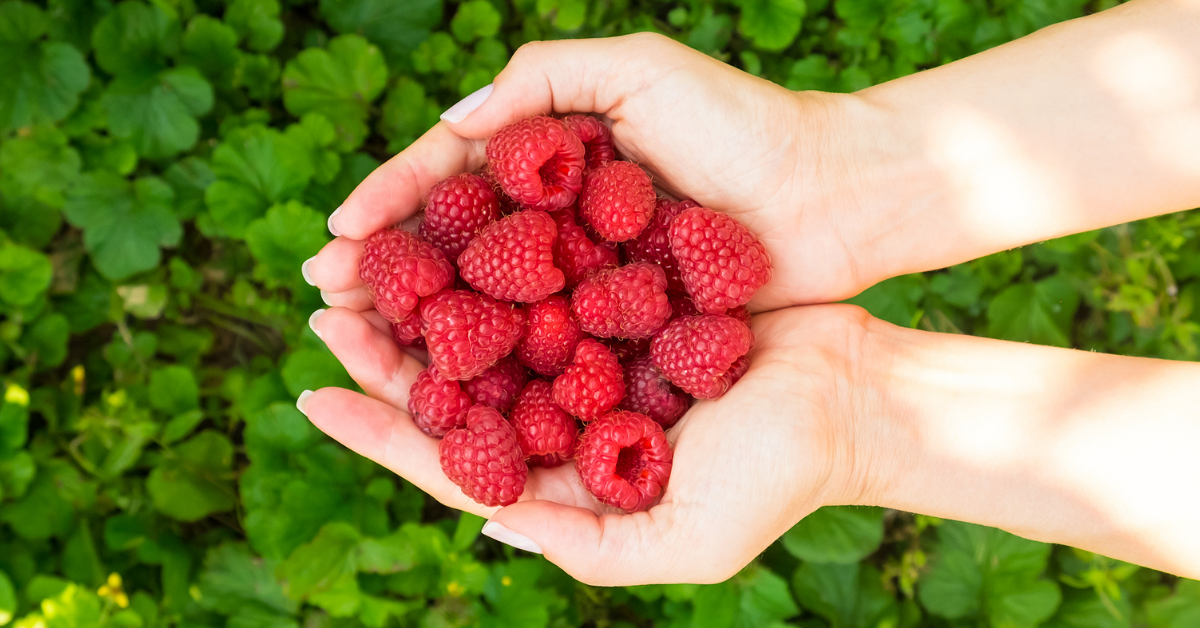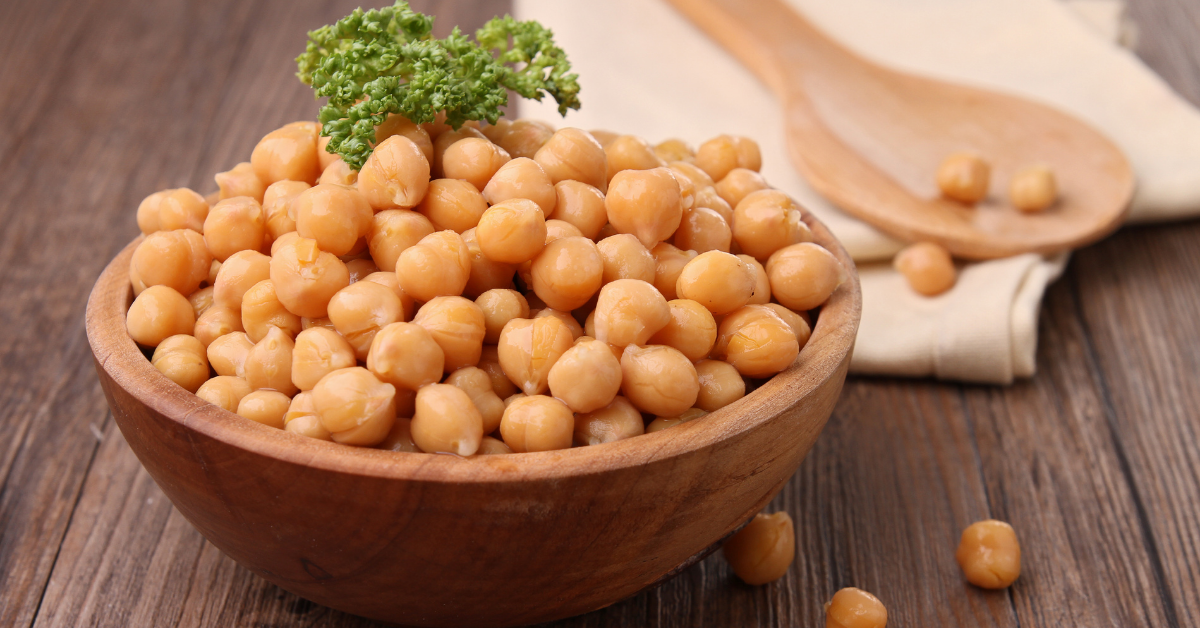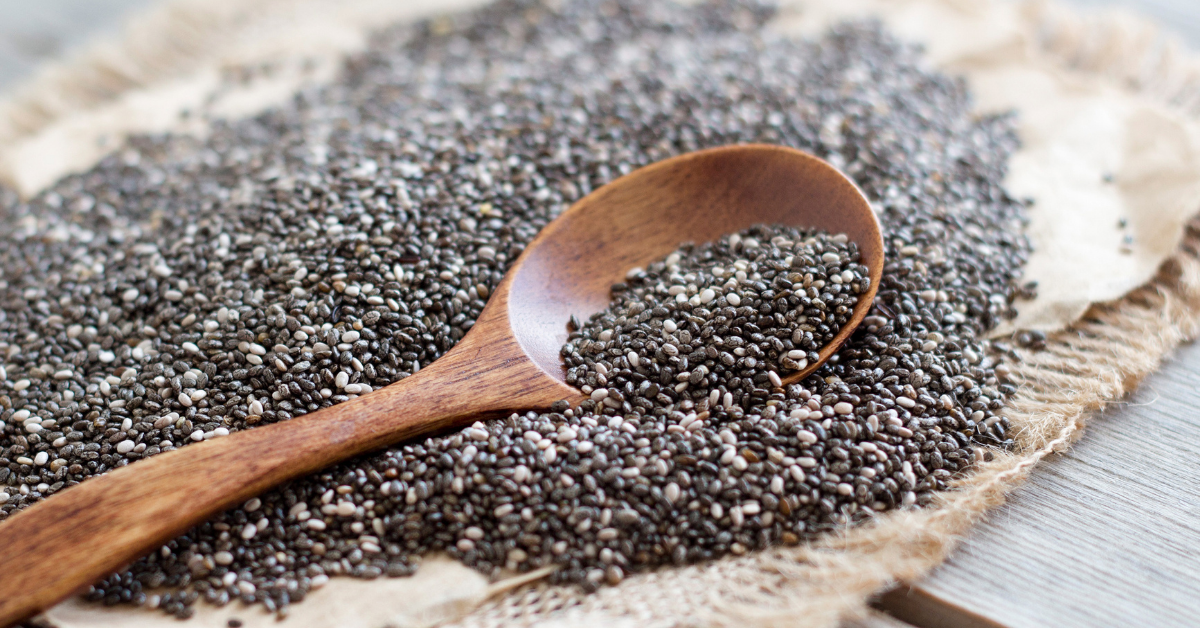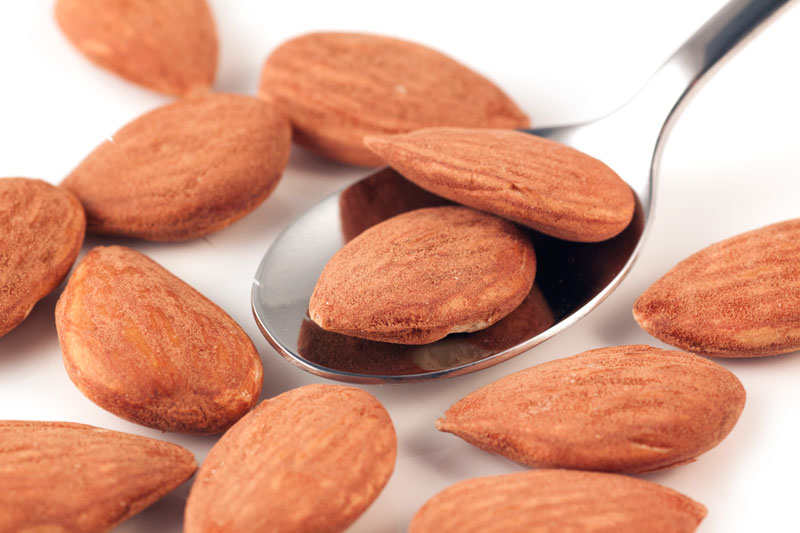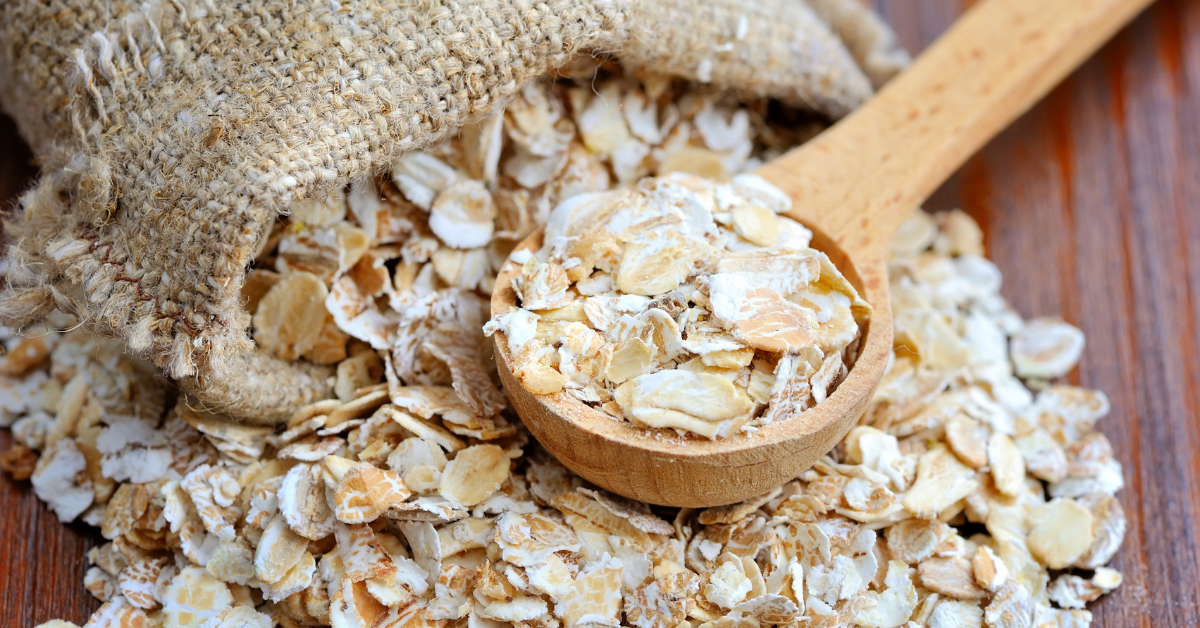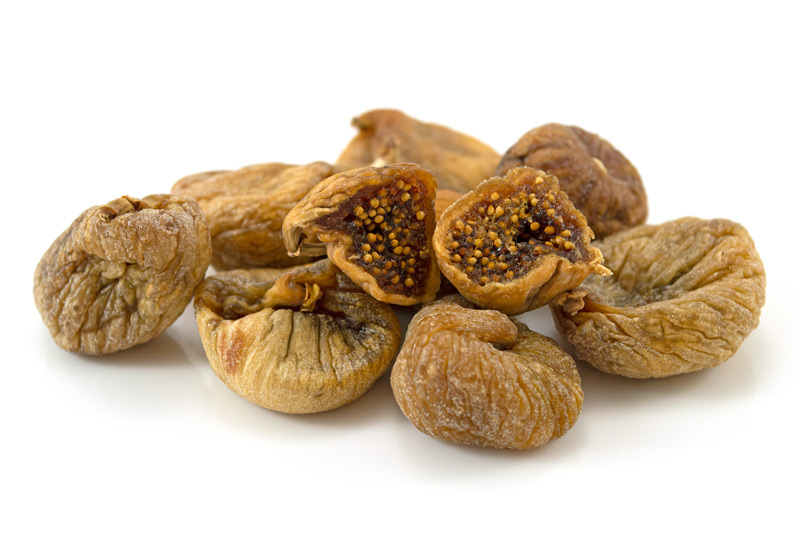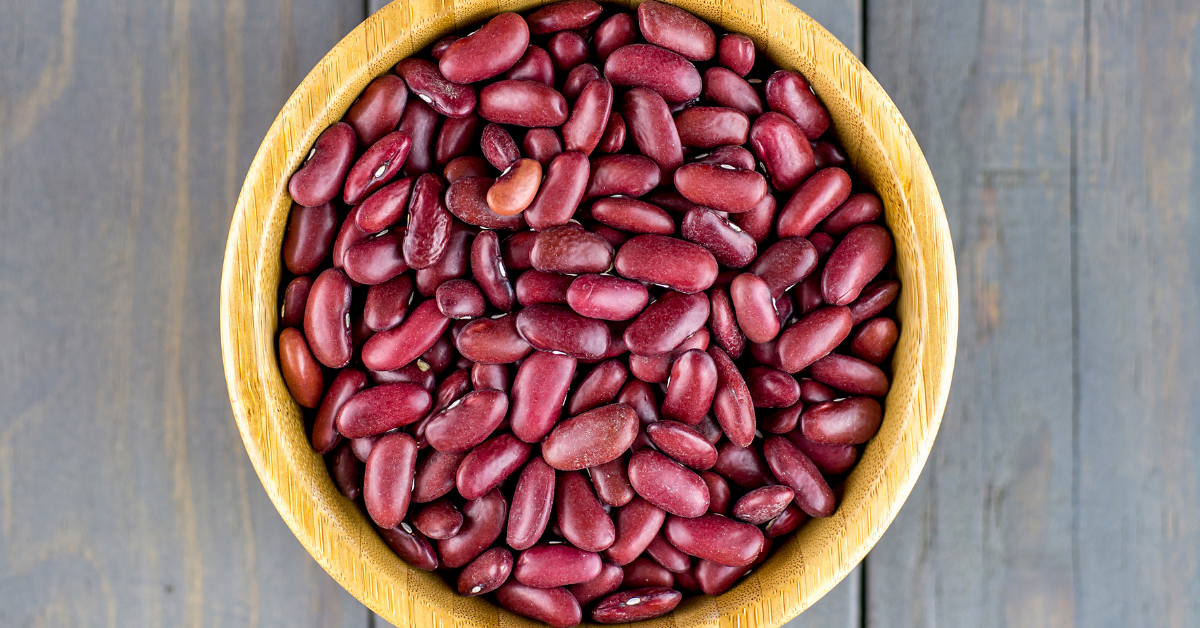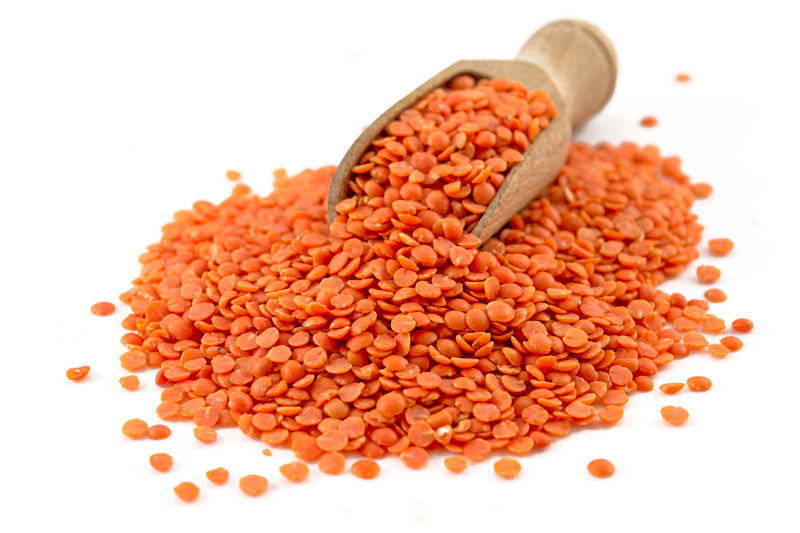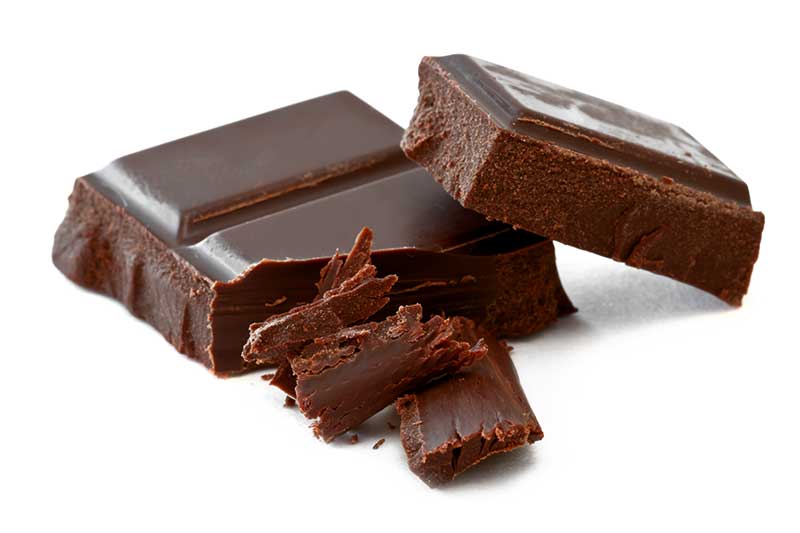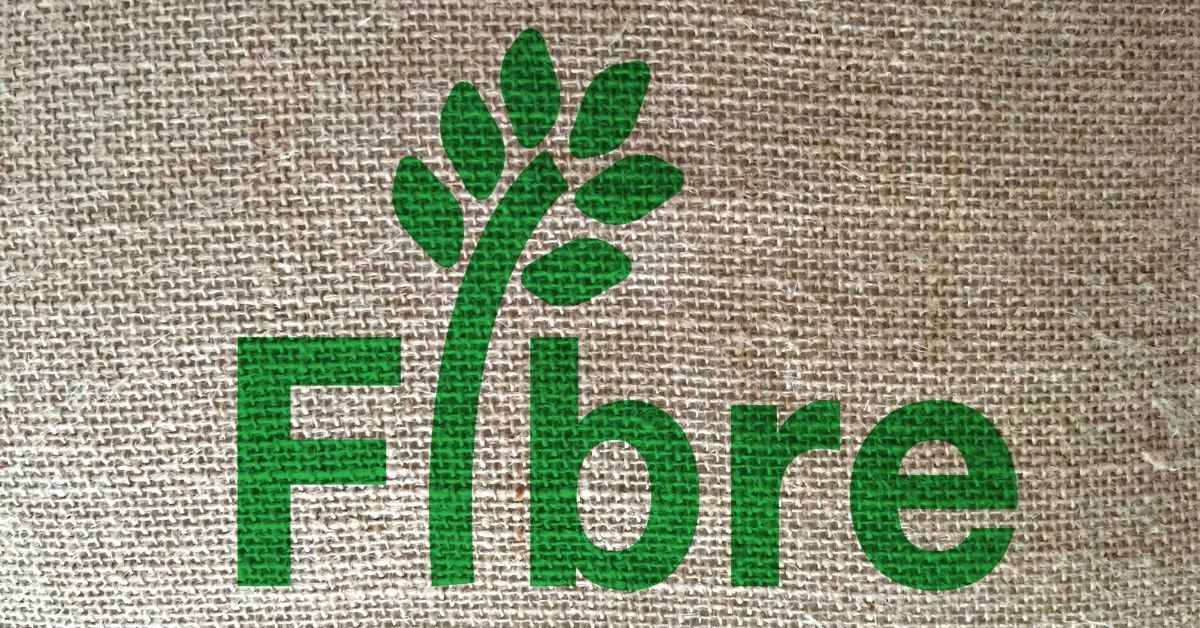Our Top Ten Favourite High Fibre Foods
Eating enough fibre is absolutely essential to maintain our digestive health. Plant-based foods contain both soluble and insoluble fibre in various amounts, and both are excellent for keeping our insides ticking over. Luckily for us, plenty of ultra-tasty and versatile foods contain both types of fibre!
Soluble fibre dissolves in water, and is usually a constituent of the soft, moist parts of plants, whereas insoluble fibre is generally tougher and often found in edible skins, husks and shells of plants. Soluble fibre creates a gel when it dissolves, which can help slow digestion, leading to improved blood sugar control and a reduction in blood lipids (known as cholesterol). The insoluble type is essential for healthy bowel movements, as it attracts water and softens stools, making everything glide through us with the greatest of ease! Fruit and vegetables usually have plenty of soluble fibre, as do pulses. Whole grains tend to have a good amount of insoluble fibre, as do nuts and seeds.

Raspberries are one of the great joys of the fruit world, and work wonderfully in desserts, scattered on granola, plonked onto porridge, whizzed up in a smoothie or baked into cakes. They contain 7g of fibre per 100g, as well as a whole host of other outstanding nutrition. They’re particularly high in Vitamin C, which prevents us from infection, and also supply lots of the essential mineral manganese, great for bone health and fighting inflammation. They’re even available in organic freeze-dried form which makes them light, crispy and retains virtually all their nutrition! For a nutritious burst of raspberry goodness, why not give this easy, lip-smacking raspberry & blackberry ice lollies recipe a try?
Chickpeas are awesomely versatile and massively nutritious. Containing 17g of fibre per 100g, these little balls of health can be turned into chickpea flour (also known as gram flour), baked into crispy snacks (like these BBQ chickpeas), whizzed up into hummus, slow-cooked in a tagine, turned into Sedanini pasta or even puffed up to eat as a healthier alternative to potato crisps. They contain fantastic amounts of vitamin B9 (also known as folate), iron, zinc, and manganese, and they’re also a superb source of protein and great at keeping you feeling full. If you want to harness some super chickpea power, why not make a pot of this fantastic black chickpea curry?
For such little seeds, these fellas wield immense power! Chia seeds have a whopping 34g of fibre per 100g, and at the same time manage to pack in an amazing amount of beneficial minerals, including managanese, magnesium, phosphorous, zinc, calcium, potassium, iron, selenium and molybdenum. They’re much-loved for their ability to thicken liquids, which makes them pass slower through us, increasing feelings of satiety and reducing the desire to eat again for a good while. Get some fun, filling, fruity nutrition in you by trying this fruity chia pudding!
As well as containing 12g of fibre per 100g, almonds are also high in heart-healthy monounsaturated fats, making a small handful of them every day a wise choice to keep your ticker happy! They’re also stuffed with vitamin E, which is brilliant for immune function and eye health. They’re a good natural energy booster and contribute to brain health too. Best of all, they’re crunchy, delicious and can be used in both sweet and savoury dishes! For a delicious almond recipe you can’t do much better than these delicious almond meal cookies.
Oats, which are one-tenth fibre by weight, are another massively versatile ingredient, forming a main constituent of porridge, biscuits, cakes, bread and loads of other common dishes. They’re a wonderful source of antioxidants and provide superb levels of vitamin E and minerals such as copper, important for heart health; selenium, excellent for immunity; phosphorous, brilliant for maintaining body tissues, and magnesium, which can lower blood pressure, improve physical performance and even reduce depression. They’re also stuffed with vitamin B1, which is great for our nervous system. Oats feature in loads of delicious recipes – some of our favourites include these wonderful, tangy orange & cranberry overnight oats and these delicious, chocolatey oat bran cupcakes.
Different varieties of figs contain differing amounts of fibre, but typically they have between 7-13g per 100g. When dried, they’re often squishy and delectable, full of natural antioxidants and packed with minerals such as iron, potassium, calcium and magnesium. Awesome munched on their own as a healthy snack, they’re also perfect as an ingredient providing sweetness and nutrition in a huge array of dishes, such as this heavenly pistachio, fig & honey traybake recipe or these beautiful peanut & fig swirl cookies.
An essential ingredient in any good chilli recipe, kidney beans have around 5-6g of fibre per 100g when boiled. They also contain loads of resistant starch, which is superb for controlling weight, and are a prebiotic, meaning they’re awesome for the health of your colon and digestive tract. A very good source of protein, they also contain an impressive amount of anthocyanins, plant pigments which account for these wonder-beans’ deep red colour, and have antioxidative and antimicrobial properties. Kidney beans are also absolutely overflowing with a smorgasbord of beneficial vitamins and minerals. Get some kidney beans in you by making this warming rice & red bean soup or some of these hefty, satisfying ultimate bean burgers.
Popcorn has a reputation as one of the most ‘fun’ foods in existence, possibly because of the way those tightly-packed kernels explode when heated to become delectable, moreish snacks – or maybe because of the way we associate those snacks with entertainment (predominantly going to the cinema). They’re also full of fibre – 13g per 100g, to be exact – and are a potent source of polyphenols, which have antioxidant properties and are brilliant for our circulatory system. They also have a low glycemic index (GI), making them a canny choice for diabetics and anyone trying to control their blood sugar levels. Just make sure you don’t smother them in salt, sugar, butter, caramel or any of the other dodgy ingredients they often get covered in! For an ace popcorn-incorporating recipe that looks and tastes devilishly unhealthy but is actually full of good things, try this show-stopping popcorn rocky road!
Lentils have around 8g of fibre per 100g when boiled, and they’re a magically versatile ingredient which can create a humble, nourishing dish like this red lentil & tomato soup, or a spectacular showstopping centrepiece like this delicious Vegan Wellington. They contain even more protein than beans (around 9% on average) and are full of minerals and antioxidants. Not only that – in an amazing clinical trial published in 1992, it was proved that when lentils were eaten as a meal, they actually slowed the rate at which the next meal moved through our gut too, meaning whatever we ate for that subsequent meal also kept us feeling fuller for longer.[1]
Here’s some very welcome news for all you chocaholics – it turns out that chocolate with a 70–85% cocoa content contains around 11g of fibre per 100g! Obviously it’s best to avoid the types with added sugar, but these days there are plenty of far healthier alternatives available, many of which use different, better natural sweeteners such as xylitol or stevia instead of cane sugar. It’s the cocoa/cacao content in dark chocolate which makes it so good. This is full of flavanols, polyphenols which have amazing antioxidant and anti-inflammatory effects. Have a go at making some wonderfully nutritious fruit and nut-flecked dark chocolate bars yourself with our lovely, moreish raspberry & nut dark choc mini-bars.

